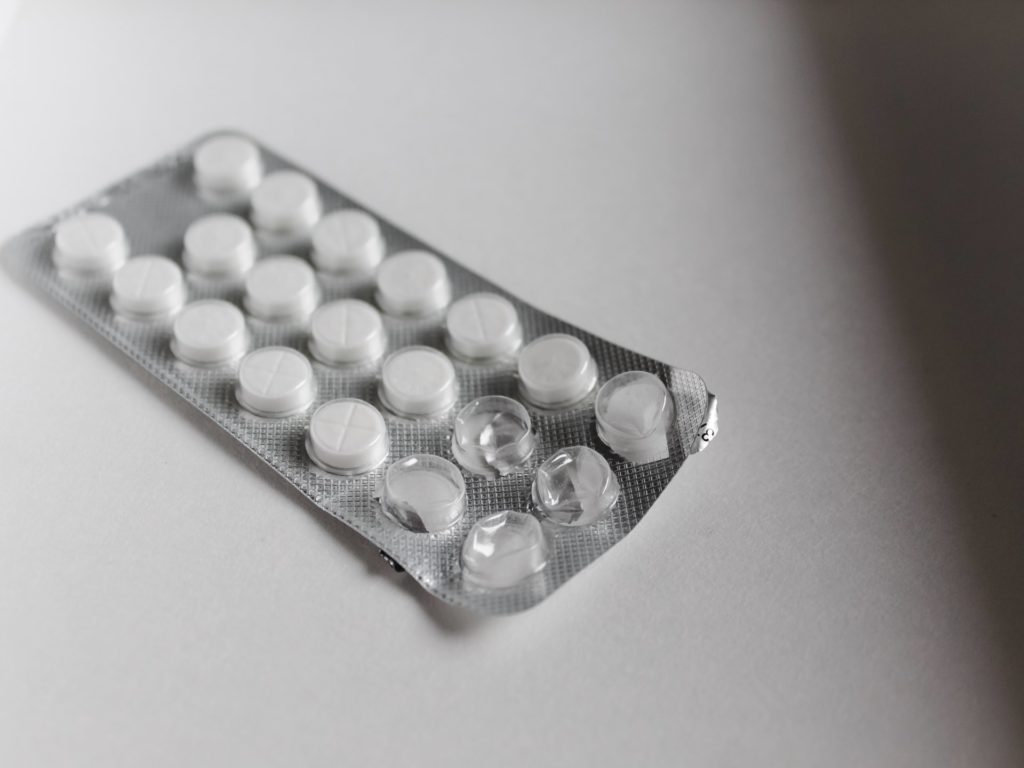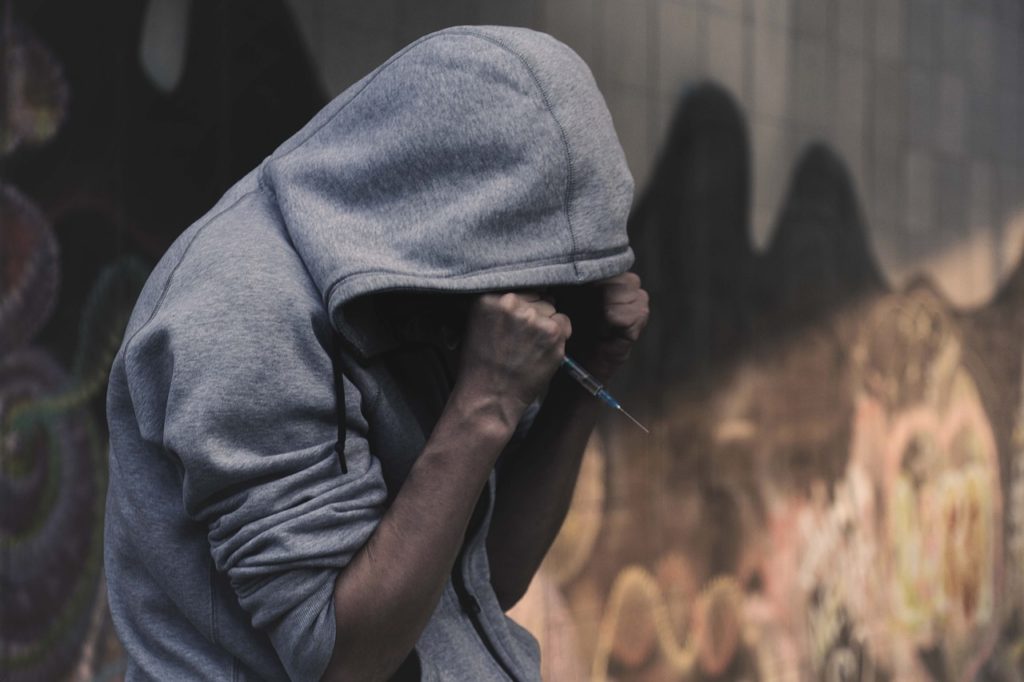
How would you define what opioid use disorder is? According to Providers Clinical Support System, it is a pattern of opioid use that leads to severe physical damage or mental distress. Depending on its severity and symptoms, opioid addiction may be mild, moderate, or severe. Opioid drug abuse is not a psychological weakness, but rather a chronic disease. In the United States alone, it is taking on the form of an opioid epidemic, claiming the lives of up to 128 individuals every day.
What are Opioids and Opiates?
To fully understand the symptoms, effects, and treatment of opioid use disorder, we need to understand what opioids are. Opioids and opiates are a class of drugs that are chemically related and can be both legal and illegal drugs. These drugs typically include heroin, fentanyl, and common prescription medication. Opiates can be drugs such as codeine, morphine, and several more. Opiate medicine is safe to use if taken under the right circumstances. One should only consume opioids if prescribed by a medical professional.

Symptoms and Effects of Opioid Use Disorder
There are many symptoms that users should look out for if they are concerned about the possibility of opioid use disorder. When consumed, Opioids naturally produce high levels of positive thinking. This factor increases the chances that individuals will continue using them despite resulting in negative consequences. Since it is a chronic disease, this disorder can potentially lead to disability, relapse, or death. As with all drug addictions, genetics, and environmental factors, play essential roles in the risks associated with it. Access to prescription opioids is one of the main elements of the current opioid epidemic. According to the American Psychiatric Association (APA), the 5th Edition of the Diagnostic and Statistical Manual of Mental Disorders describes the following as opioid use disorder symptoms:
- To have large amounts of drugs over a more extended period.
- Persistently having desires or unsuccessful efforts to control opioid use.
- To spend large amounts of time obtaining, using, or recovering from opioids.
- Strongly needing to use opioids frequently.
- To have trouble fulfilling duties at work, school, or home.
- To continue opioid use even after having repetitive social problems.
- To abandon or reduce activities because of opioid use.
- To use opioids in physically dangerous situations.
- To continue opioid use, regardless of physical and mental issues.
- To have an increase in opioid tolerance marked by a more significant need for opioids or little effects with continued use of the same amount.
- Experiencing opioid withdrawal syndrome, or the use of opioids to relieve or avoid withdrawal symptoms.
Severe Cases of Opioid Use Disorder
While opioid use disorder and other drug use disorders are highly similar, several factors make this disorder unique. Since opioids can lead to physical dependence in as little as 4-8 weeks, chronic users report that abruptly stopping the use of opioids can lead to a multitude of symptoms. Due to severe symptoms, users also show a significant motivation to continue using opioids to prevent withdrawal symptoms. Users thus report severe symptoms which range from:
- General pain
- Chills
- Cramps
- Diarrhea
- Dilated pupils
- Restlessness
- Anxiety
- Nausea and vomiting
- Insomnia
- Intense food cravings

Prescription Drug Abuse and Opioid Use Disorder
Prescription Drug Abuse is an important issue that leads to an opioid use disorder. The National Institute on Drug Abuse (NIH) says that prescription drug abuse means taking medication in any other way than prescribed by a medical professional. Prescription drug abuse can also mean taking someone else’s prescription or taking opioid medication to get high. The NIH also reports that prescribed opioids are amongst the top three categories of abused drugs along with central nervous system depressants, and even stimulants.
Opioid Use Disorder Treatments – What does rehabilitation involve?
Although there is an effective treatment in which users can seek to battle opioid drug abuse, APA reports that only about one in four people with this chronic disease receive treatment. Medication-assisted treatment (MAT) is said to be the most effective treatment for individuals with this disorder. This course of treatment involves the use of medication, counseling, and therapy. However, brain chemistry may contribute to a user’s mental health and the success of treatment. Considering this, medical professionals typically prescribe medications that help modify brain chemistry and relieve cravings. It also helps with withdrawal symptoms and to stop the harmful effects of opiates. Treatment will most likely involve methods, such as encouraging change and education about treatment and relapse prevention. People may also need to participate in self-help programs.
Three FDA-approved medications stand out when seeking treatment for opioid addiction: Methadone, Buprenorphine, and Naltrexone. These medications do not substitute one addiction for another. Medical professionals will also only prescribe dosages of medicine, which will not get a person high. The drug will also help reduce opioid cravings and withdrawal symptoms. The medication is also intended to help individuals restore balance to the brain circuits affected by addiction. Individuals may also seek home remedies and natural ways of recovering from opioid use disorder.
Rehabilitation from Opioid Use Disorder is Different for Everyone
Treatment and addiction are different matters for everyone. There is no one size fits all model. Different individuals need different treatments and medications at different times. There are different treatments for opioid addiction that can include counseling, outpatient or inpatient treatment, or long-term therapeutic care. Opioid use disorder often requires continuing care to be effective in the long run. Treatment can involve components such as:
- To have diagnosis and treatment planning tailored to both individuals and families.
- To access long-term management and outpatient care.
- To get access to medications.
- To undergo therapy by trained medical professionals.
- To access coordinated care for addiction and other conditions.
- To utilize recovery support services, such as mutual aid groups and community services.
Getting Past Opioid Use Disorder is Possible
Everyone deserves to live a happy and fulfilling life, free of addiction. Do not let an opioid use disorder get in the way of what you want to achieve in life. It is you who has the ultimate choice on how to handle recovery. Options for support are varied and always speak to medical professionals to consult your preferences. Kick start your process today and gain access to some of the best tools out there to beat this terrible ailment.
